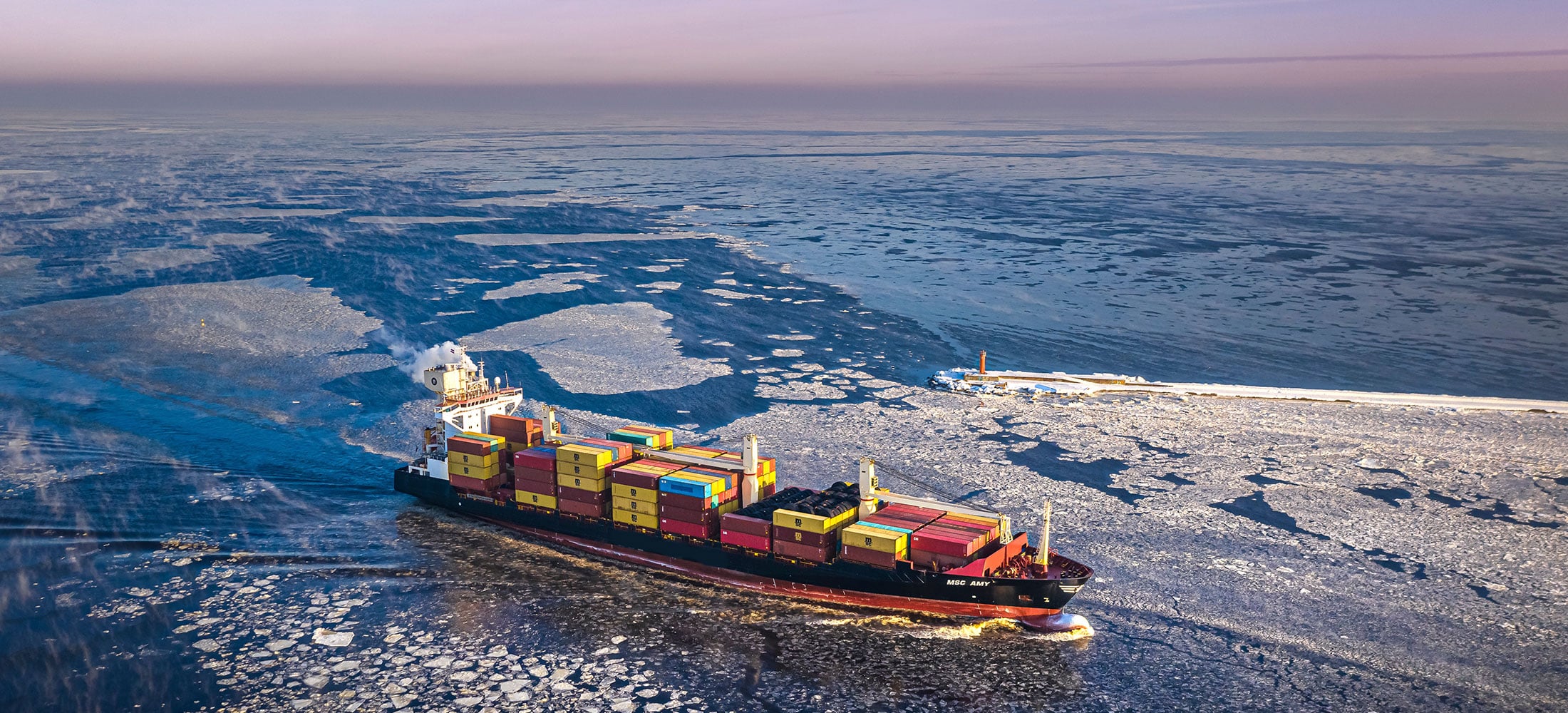Ports have always been the beating heart of global trade, handling the vast majority of goods that move across continents.
In 2025, they are undergoing one of the most significant transformations in decades, as automation and smart infrastructure reshape how cargo is processed, tracked, and moved. For freight forwarders, these changes promise greater efficiency — but they also raise questions about investment, adaptability, and integration with wider supply chains.
The Push Towards Port Automation:
Automation in ports is not new, but recent advances in robotics, artificial intelligence, and autonomous vehicles have accelerated its adoption. Unmanned cranes can now load and unload containers with minimal human intervention, while automated guided vehicles (AGVs) transport cargo across terminals without relying on traditional truck movements. AI-driven terminal operating systems analyse vessel arrival times, berth availability, and yard space in real time, optimising operations to reduce bottlenecks.
Smart Infrastructure and Connected Systems:
Beyond automation, ports are investing in “smart” infrastructure that uses sensors, IoT devices, and digital twins to monitor and manage every aspect of terminal activity. These technologies provide granular visibility over container location, equipment usage, and cargo condition. Shore power facilities allow ships to connect to the electrical grid while docked, reducing emissions, while predictive maintenance tools ensure that cranes and handling equipment remain operational without costly breakdowns.
Opportunities and Challenges for the Industry:
The benefits of port automation are clear: faster turnaround times, reduced labour costs, improved safety, and better use of limited terminal space. However, the transition is not without challenges. High upfront investment costs can be prohibitive for smaller ports, while integrating automated systems with existing logistics networks requires careful planning. There are also questions about how the shift to automation will affect the maritime workforce, with the need for new skills and training becoming increasingly important.
The Role of Collaboration:
For automation to deliver its full potential, it must be supported by collaboration between ports, carriers, freight forwarders, and inland transport providers. Data-sharing agreements can ensure that cargo visibility extends beyond the port itself, reducing dwell times and improving coordination across the supply chain. Governments and port authorities are also playing a role by providing funding and setting standards to ensure interoperability between systems.
Looking Ahead:
The next decade will see automation move from flagship projects to standard practice in many of the world’s busiest ports. For freight forwarders and shippers, the key will be to adapt early — aligning operations with new digital systems, building relationships with automated terminals, and taking advantage of the efficiencies they offer. The ports that embrace smart infrastructure now will be better positioned to handle the increasing complexity and volume of global trade in the years ahead.
At Oceanside Logistics, we are committed to leveraging the latest digital freight solutions to provide seamless, efficient, and cost-effective logistics services. As the industry continues to evolve, we remain at the forefront of innovation, helping businesses navigate the future of global trade.If you would like to discuss this further please contact us to arrange a consultation with one of our experts.









